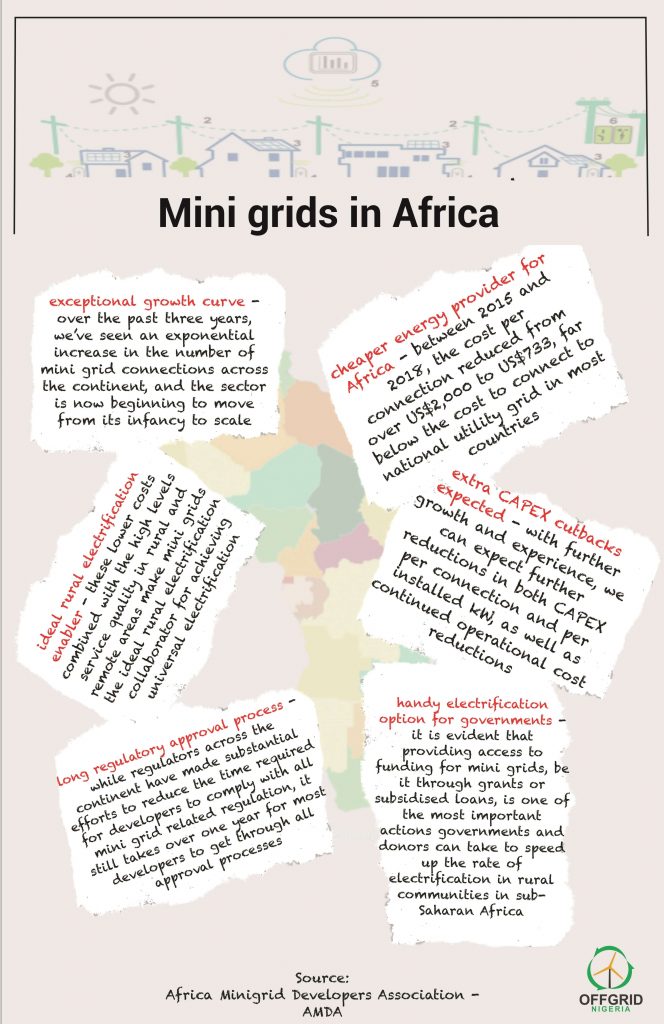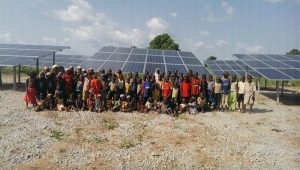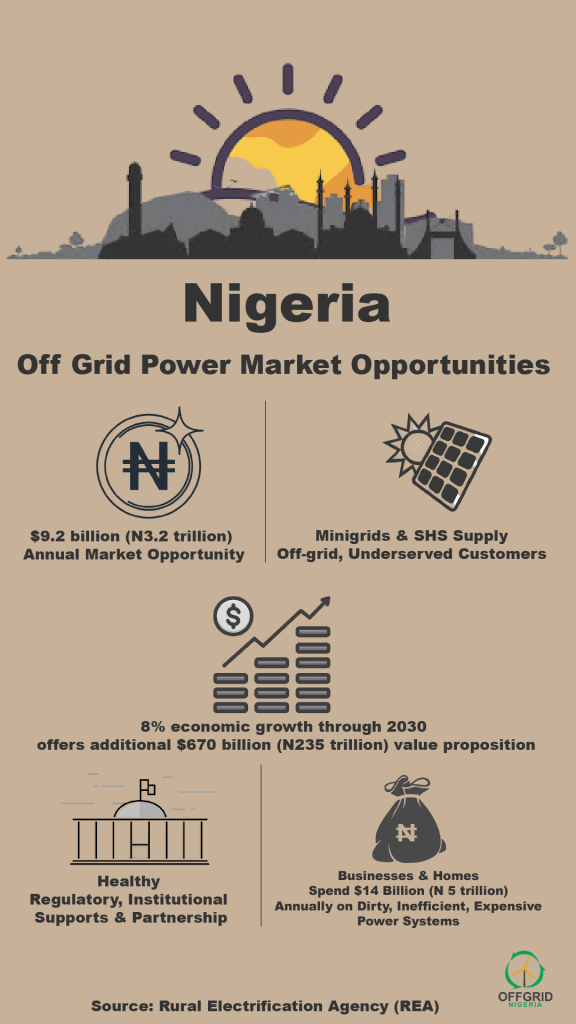Recently, the Africa Minigrid Developers Association (AMDA) – a continental trade group, launched a report on how mini grids developments are faring in Africa.
AMDA’s report presents an overview of the true costs of mini grid development and some of the main issues facing operators in Africa and serves as a major contribution to the knowledge bank on mini grid.
The report showed amongst other things how mini grid companies are rapidly reducing costs and making electricity from mini grids significantly cheaper on a per connection basis in rural areas than grid supplies.
It recommended regulatory streamlining across the continent to enable her to leverage the power of mini grids against energy poverty.
The report comes handy for decision-makers in national governments, donor institutions, and investors to make more informed choices than ever before. It will also help mini grid companies understand the state of their operations.
The nitty-gritty
First, AMDA collected data for the report from 288 existing mini grid sites from 12 countries including Benin, Cameroon, DR Congo, Kenya, Madagascar, Mali, Mauritania and Nigeria; as well as Sierra Leone, Tanzania, Togo and Zambia. 28 mini grid developers were equally involved.
In the report, AMDA pointed out that within the last three years, Africa had witnessed an exponential increase in the number of mini grid connections, therefore moving the market from infancy to scale.
Between 2015 and 2018, the report showed that cost per connection reduced from over US$2,000 to US$733 which is far below the cost to connect to national utility grid in most African countries.
Further reductions in both CAPEX per connection and per installed kW, as well as continued operational cost reductions have also been projected by AMDA.
These lower costs combined with the high levels service quality in rural and remote areas of Africa now make mini grids the ideal rural electrification collaborator for achieving universal electrification in the continent.
In East Africa, funding has increased over recent years, leading to a 181% increase in connections each year.
However,…
There are challenges with data and evidence on how much reduction is possible and how it can be achieved. Governments and donors are nevertheless advised to consider speeding up the rate of electrification in rural communities in Africa through mini grids.
Regulatory processes for mini grids projects have equally remained clumsy, taking an average of over one year for most developers to get through all approval processes; this, AMDA reports is significantly slowing efforts at using mini grids to advance access to electricity and must be addressed to push forward.
A summary of its key findings is found below:




